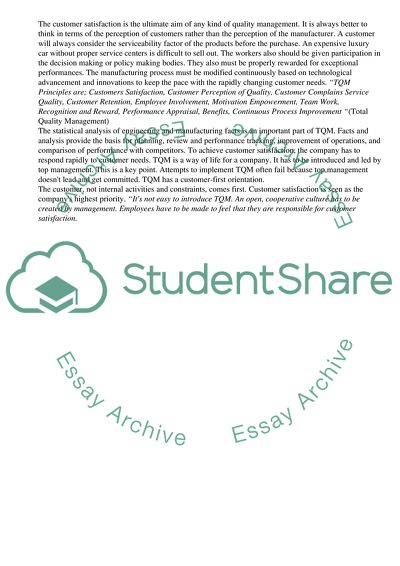Cite this document
(European Foundation for Quality Management Term Paper, n.d.)
European Foundation for Quality Management Term Paper. Retrieved from https://studentshare.org/management/1719652-tqm
European Foundation for Quality Management Term Paper. Retrieved from https://studentshare.org/management/1719652-tqm
(European Foundation for Quality Management Term Paper)
European Foundation for Quality Management Term Paper. https://studentshare.org/management/1719652-tqm.
European Foundation for Quality Management Term Paper. https://studentshare.org/management/1719652-tqm.
“European Foundation for Quality Management Term Paper”, n.d. https://studentshare.org/management/1719652-tqm.


